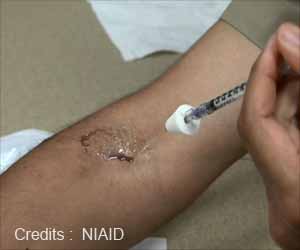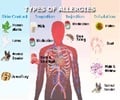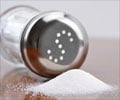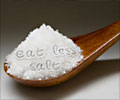Salt affects allergic immune reactions. A new study investigates how elevated salt concentrations might influence conditions like atopic dermatitis.
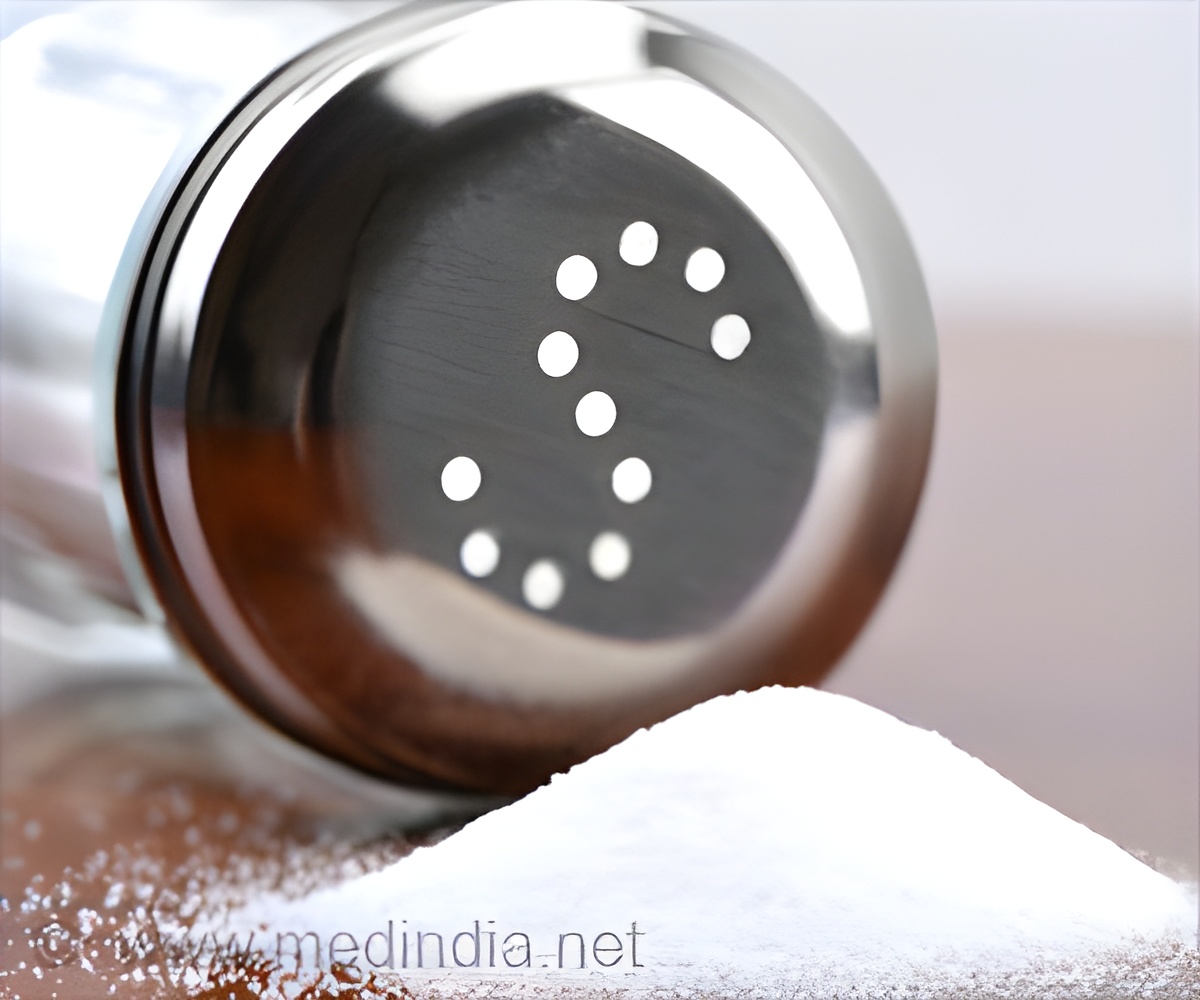
‘T-cells if uncontrolled, can develop pathological responses and start attacking our own body parts. When such thing happen, Th2 cells, a subgroup of T cells, can cause inflammatory skin conditions like atopic dermatitis.’
Read More..




T-cells play an important role in immune conditions of this kind. They are a vital aspect of the body's resistance to infections, but, if uncontrolled, can also develop pathological responses and start attacking parts of our bodies or innocuous substances such as allergens.Read More..
When such functions occur, Th2 cells, a subgroup of T cells, can cause inflammatory skin conditions such as atopic dermatitis. This involves increased production of the proteins interleukin 4 (IL-4) and interleukin 13 (IL-13). It is still unknown what triggers the signaling malfunction.
More Th2 cells under the influence of sodium ions
Table salt, known scientifically as sodium chloride, is essential to the health of humans and animals. In the body, it occurs in the form of sodium and chlorine ions. In a recent study, Christina Zielinski, a DZIF-professor at TUM's Institute of Virology, and her team were able to demonstrate that sodium chloride can induce a state in human T cells that cause them to produce increased amounts of the proteins IL-4 and IL-13.
Types of T-cells, which should not cause allergies, can, in the presence of salt, turn into Th2 cells. The changes are reversed when the T cell is again exposed to lower salt levels. "Consequently, ionic signals do play a role in the generation and control of Th2 cells," says Christina Zielinski.
Advertisement
As a medical specialist in the field of dermatology, Zielinski is naturally interested in atopic dermatitis. Her team investigated whether the affected skin regions of atopic dermatitis patients exhibit elevated sodium levels." Measuring sodium concentrations in the tissue is complicated," explains the first author of the study, Julia Matthias.
Ideal conditions for bacteria thriving under salty conditions
"The higher sodium levels in the affected skin neatly match another characteristic of atopic dermatitis," says Christina Zielinski. "It has been known for some time that patients with this condition have elevated levels of the bacterium Staphylococcus aureus on their skin. These are bacteria, which thrive under salty conditions - in contrast to other commensal bacteria, which are in fact harmed by salt." Zielinski believes that this insight along with others and the current research results point to a link between salt and the occurrence of atopic dermatitis.
"However, we have not yet been able to show how these large quantities of salt find their way to the skin," she concedes. "For that reason, we are also unsure of how a low-salt or high-salt diet might be related to the appearance and progression of atopic dermatitis or other allergic conditions." Professor Zielinski and her team hope to answer these and other questions in future interdisciplinary studies.
Source-Eurekalert


